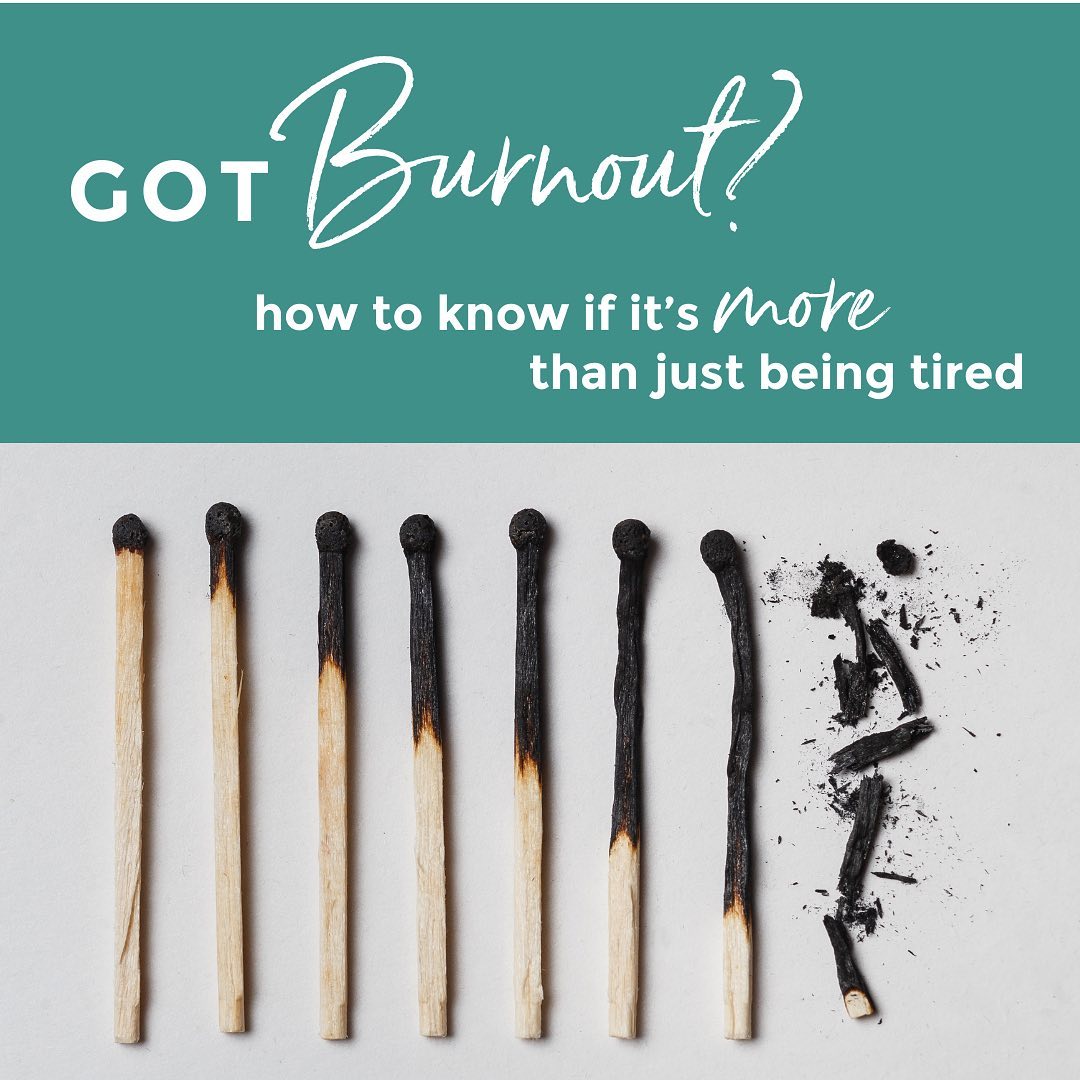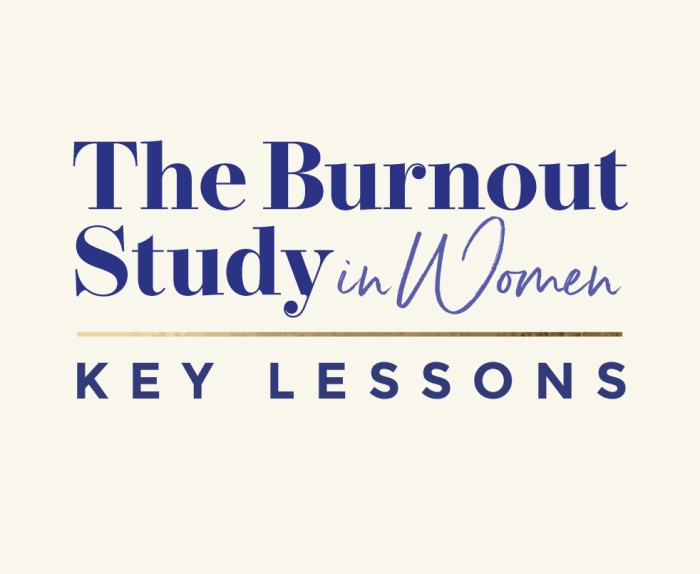Burnout is not just feeling “tired.” Here's how to recognize the symptoms of burnout.
The 3 Dimensions of Burnout
Energy Depletion or Exhaustion (Physical and/or emotional)
In the last week, how often have you…
- Felt tired, exhausted, or just worn out
- Felt emotionally exhausted
- Thought “I just can’t take this anymore”
- Felt like every task is exhausting
- Had difficulty concentrating or thinking clearly, or forgot things frequently
- Woke up exhausted in the morning, just at the thought of another day
- Experienced insomnia, despite feeling tired
- Realized you feel frequently ill / under the weather
Depersonalization, feeling cynical or detached from life roles
In the last week, how often have you…
- Felt like you’re on autopilot
- Felt like you’re in survival mode
- Found work or family to be emotionally exhausting
- Found it difficult to be sympathetic to, or to empathize with friends, coworkers, or family
- Felt detached or isolated from friends and loved ones
- Felt pessimistic / glass-half-empty
- Engaged in frequent negative self-talk
- Frequently felt frustrated or irritable, or found yourself having angry outbursts
- At times, felt like you JUST. DON’T. CARE.
Decreased sense of personal effectiveness or accomplishment
In the last week, how often have you…
- Worried you’re not doing a good job at work, as a parent, or in other aspects of your life
- Not felt that the work / things you do have real meaning
- Realized you’re not able to accomplish things during the day.
- Experienced decreased feeling of personal accomplishment, reduced productivity, low morale, and an inability to cope
- Felt like you’ve lost your direction in life
- Disliked your role at work or at home
- Felt like you can’t cope
If you find yourself responding to these questions with “very often” or “every day”, it can indicate that you’re experiencing more than just simple fatigue.
Tip this Week: Recognize Burnout for what it is. Because once you can identify it, then you can start taking the steps to solve for it!
***OF NOTE: PLEASE know that the above is not a diagnostic assessment. If you found that you were saying yes to many of these, or feel symptoms of severe burnout, anxiety, or depression, please seek the help of a trained medical or psychological health professional. Because we ALL need help at one time or another. One resource can be found here: https://www.apa.org/topics/crisis-hotlines.****
Ready to get out of Default Burnout Mode? Join the TrueveLab Insider (sign up here) and get data-driven solutions delivered to your inbox every week.
** The above questions are based on widely used burnout research tools, some of which include the Copenhagen Burnout Inventory and the Shirom-Melamed Burnout.
- Copenhangen Burnout Measure:
- Tage S. Kristensen , Marianne Borritz , Ebbe Villadsen & Karl B. Christensen (2005) The Copenhagen Burnout Inventory: A new tool for the assessment of burnout, Work & Stress, 19:3, 192-207, https://doi.org/10.1080/02678370500297720
- Shirom Melamed Burnout measure:
- Melamed, S., Kushnir, T., & Shirom, A. (1992). Burnout and risk factors for cardiovascular diseases. Behav Med, 18(2), 53-60. https://doi.org/10.1080/08964289.1992.9935172
- Shirom, A. (1989). Burnout in work organizations. In C. L. Cooper & I. Robertson (Eds.), International Review of Industrial and Organizational Psychology (Vol. 4, pp. 15-48). Wiley.
All my best,
- Dr. Darria
Thank you to our AMAZING Burnout Study in Women sponsors, Luna Bar Co, Good Housekeeping, and Computers4Kidz!








